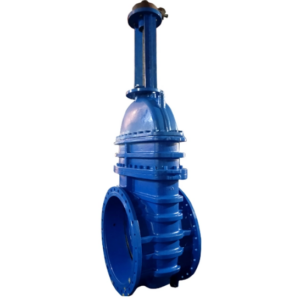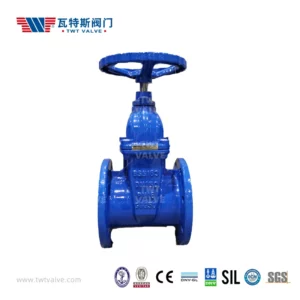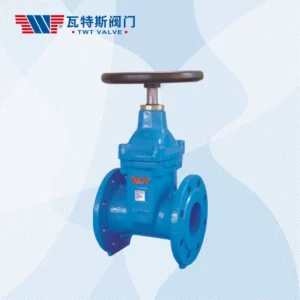non rising stem resilient seated gate valve
Here are some potential future trends and developments for non rising stem resilient seated gate valves:
New elastomer materials for seats and seals that improve durability, temperature resistance, and decrease leakage. For example, إبدم, FKM, or PTFE based compounds.
Protective coatings and linings such as epoxy, enamel, and fusion-bonded epoxy to prevent corrosion and erosion.
Improved body and wedge design optimization using computational fluid dynamics (CFD) and finite element analysis (FEA) to reduce pressure loss.
Additive manufacturing to produce more complex geometries for bodies, wedges and seating surfaces that improve flow and sealing.
Built-in sensors for monitoring pressure, temperature, vibration, إلخ. that can enable condition-based predictive maintenance.
Integration of electronic position indicators, limit switches, and actuators to enable smarter valve automation and control.
Modular valve component designs for easier field maintenance and replacement of individual parts. Reduces downtime.
New alloys and composites that allow bs5163 resilient seated gate valve to handle higher pressures, temperatures and corrosion while reducing weight.
Extended product testing and quality control to validate longer service lifetimes under intense operating conditions.
Industry specific customizations tailored for applications like energy, chemical processing, waterworks, إلخ.
More sustainable manufacturing through energy efficiency, waste reduction, and raw material optimization.
عرض الكل 3 نتائج


